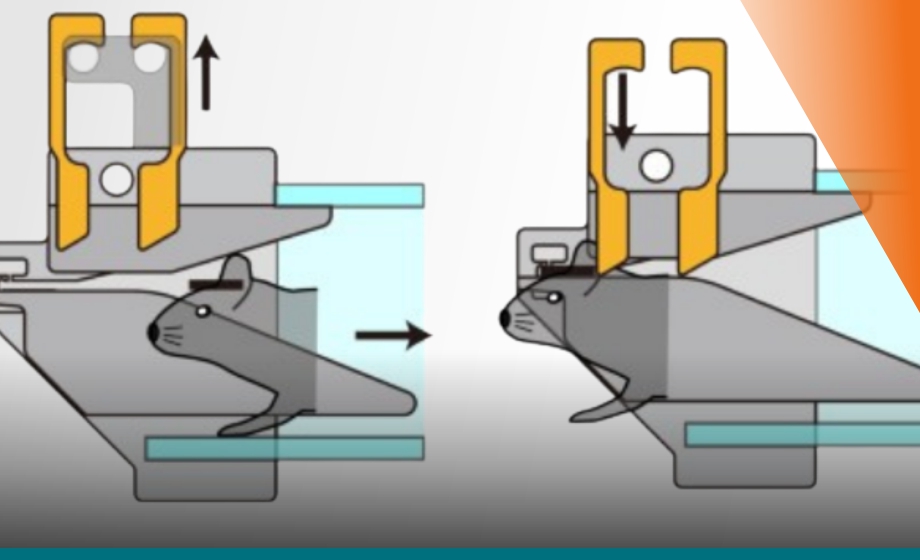Q&A Report: Self Head Fixation Training for the Study of Perceptual Decisions in Mice
How much stress is being transmitted between mice through urine and feces left in the common corridor across sessions?
Hard to quantify, however to account for this factor we try to match siblings/littermates in the same setup.
A technical question: does the extra "wing" at each end of the head plate confer extra stability compared to "simple" head bars extending on each side of the head? Is the head also more stable with two screws on each side instead of one?
Yes, without the wings even relatively small tilts could cause the head plate to “derail” as the mouse advances in the narrowing railings. Yes also for the second point, 2 screws on each side improve stability.
Can you house your animals in groups once implanted with the head bar? That would make mice happier.
Yes, recently, for the habituation phase we are keeping implanted mice together with siblings in larger cages (designed for rats), sharing the same habituation system, and with an enriched environment (toys, etc.). It seems to help; meaning that following training steps seem to move forward faster.
Is there a simple way to teach them to wait to give their response in the wheel? That is, introduce a 2-3 seconds delay period between stimulus and response?
If they move during that period, you can introduce a “punishment”, e.g., aborting the trial and providing a slightly aversive stimulus. We also tried to implement a physical block of the wheel with a servomotor block controlled by an arduino, but from video recordings it seems they keep on trying to rotate the blocked wheel.
Can animals implanted with optogenetic glass fibers latch using your system?
It depends how tall the implant is. Currently, the setup uses thick plastic pieces to confer stability to the dual-pin latching system (shown in supplementary Fig. 3, green color pieces). We designed them so “bulky” because we only used a thin headplate, with nothing sticking out, vertically. If your implant is very tall, you might need to modify this plastic component, but it should be a simple change that you can also 3D print.
What percentage of the animals cannot habituate to the head fixation system?
As I mentioned in the talk, essentially zero. Unless they developed some health-related issue, all mice that went through the habituation phase eventually learn to self-latch in the main setup. There is a fair degree of variability in terms of how long it takes for them to move from one phase to another, but we did not have to remove animals from training because they did not learn to self-latch.
Do you have any hard, comparative data to show animal welfare is improved versus traditional systems/practices?
Animal welfare is always a top priority. In accord, our setup has proved to be extremely safe, as mentioned during the talk. However please note that the key motivations for developing this setup revolved around various optimizations related to behavioral training, certainly without compromising any aspect of animal welfare.
How long can the animal stay in the self fixation system?
We keep them latched for max 30-40 min; for longer durations they disengage from the task and even start to asleep head-latched.
How long does it take for a new mouse to achieve acceptable performance?
It depends on task complexity and what your threshold for “acceptable” performance is. As mentioned in the talk, for the complex “invariant” 2AFC discrimination task (Lyamzin et al., bioRxiv 2021), some mice never learned it. However, for the easier visual discrimination task we described in the Nature Comms paper it took ~4 weeks (26 ± 7 days, s.d., n = 8).
What access do the mice have to water over the weekends or when not training?
We use water gels, estimating the amount based on body weight, sex and age to keep the motivation high, while allowing for sufficient hydration. Some researchers however prefer to train animals over the weekend as well. We have webcam for remote access and we know when the doors open to give access to the setups. However, it is important that if any problem happens, someone can intervene right away, so you need appropriate planning.
